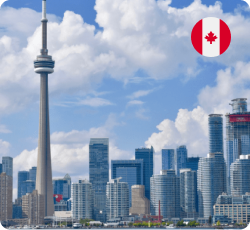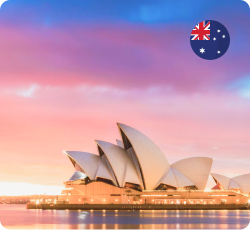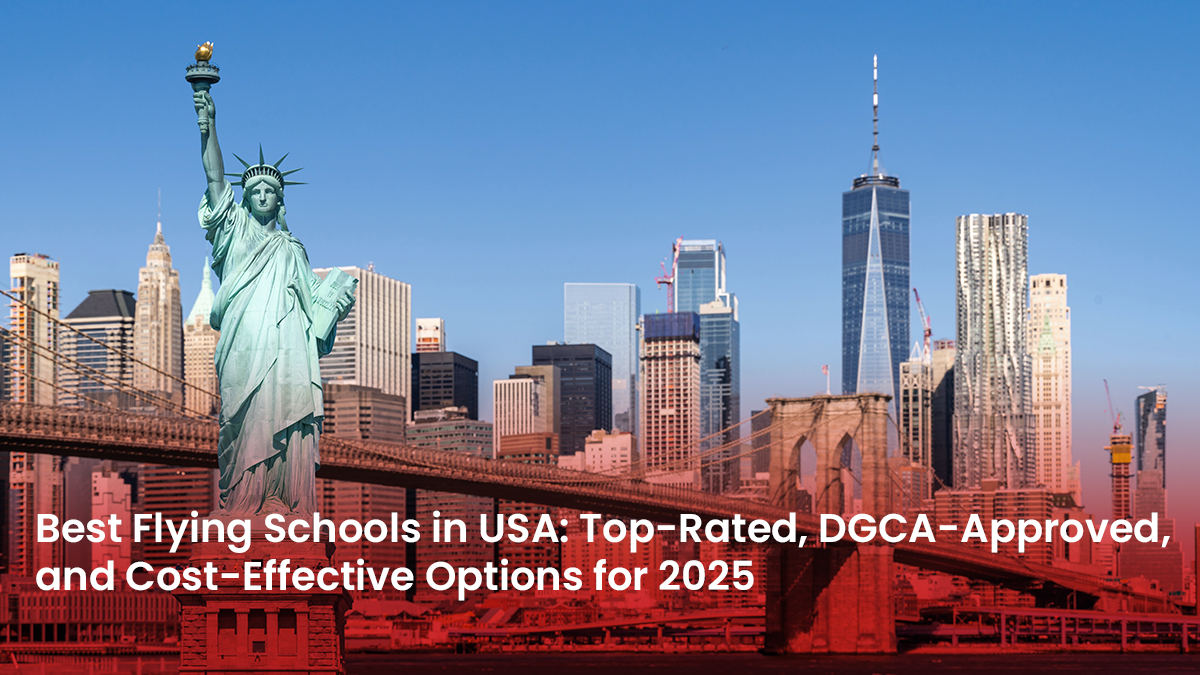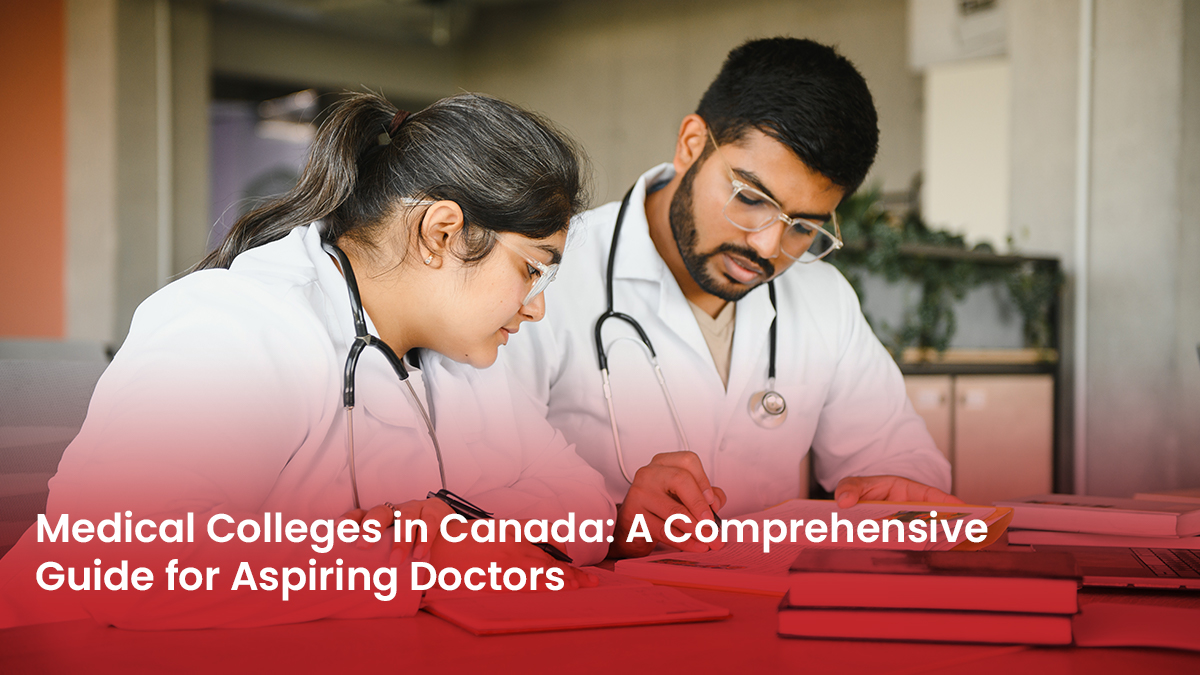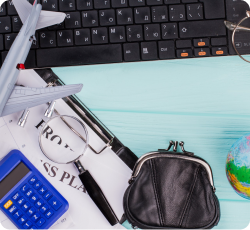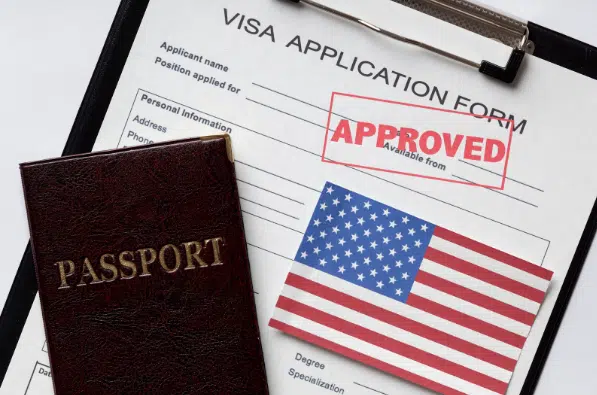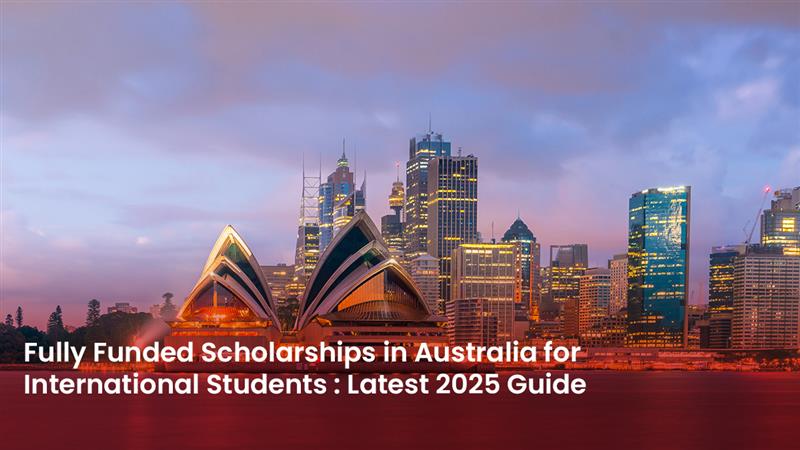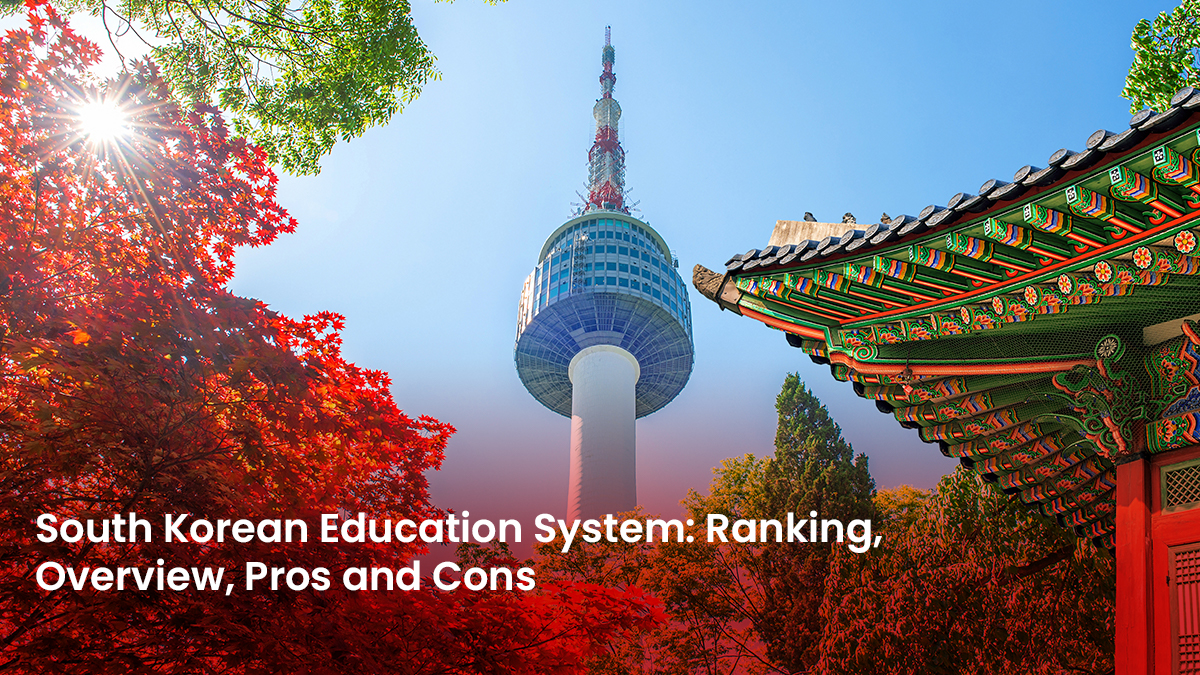Student Visa for USA from India
The process of obtaining a USA student visa can be time-consuming for the students studying in the USA, but it is often easier than many people think. Many colleges, universities, and other educational institutions in the United States are interested in enrolling students from different countries. While the process of applying for an international or exchange student visa can be confusing, hundreds of thousands of students meet the visa requirements each year.
Once you’ve been accepted for full-time study at an English-speaking college, university, or school, the institution will send you a Form I-20. The I-20 form is an application for an F-1 student visa.
USA Student Visa Process
1. Application
Your school or university will send you a form confirming that you have been admitted to an institution authorized by the United States Citizenship and Naturalization Service (USCIS) to enroll nonimmigrant students (I-20 for an F-1 or DS visa). ). for a J-1 visa). You will read and sign this form.
Be sure to verify that the name and spelling in your passport exactly match the name and spelling on your school application and that the school has entered your name as it appears in your passport on Form I-20 or DS-2019.
All applicants must submit their full name for security clearance. Depending on the applicant’s nationality and individual(s), additional proof may be required, which may extend the security check processing time by several weeks. For this reason, it is important to allow enough time for your student visa application.
Step-by-Step Application Guide to Study in the USA for Indian Students
2. Appointment
To obtain a student visa, you must make an appointment for a visa interview at the nearest US embassy and pay the required fee. Please note that in accordance with recent regulatory changes, student visas can be issued up to 120 days prior to the date specified on the I-20 form. Exchange visas, on the other hand, can be issued at any time before the date indicated in DS-2019. To have the best chance of your visa application being accepted, you should apply as early as possible.
Each U.S. embassy has its own website that contains instructions for scheduling a visa interview, as well as other general information about the visa application process. For the embassy website in your country, go to: US Embassy.
The US State Department’s Office of Consular Affairs website is another great resource for finding out the estimated waiting time for a visa in your country. The embassy or consulate must give you priority treatment as an international student visa applicant. So, if your academic program is about to start, be sure to mention it when applying for your visa.
There is now a SEVIS fee of $ 350 for F and M visa applicants and $ 220 for most J visa applicants, which supports the cost of the computer system used to register your stay in the United States (SEVIS). You can pay these fees with an internationally valid credit card. Go to US Immigration and Customs Enforcement to make the payment and be sure to print a copy of the receipt. You must pay the SEVIS fee at least three days before the student visa interview. Bring a copy of the receipt to the visa interview.
In addition, you must pay an additional 160 USD for visa application fees in your country at the US Embassy or Consulate or at a bank designated by the embassy. For specific information on where to pay the visa application fee, visit the website of the US embassy in your country.
3. Completing Visa Application
The United States now requires all nonimmigrant visa applicants to complete the DS-160 form online. This module replaces all previously used modules.
When filling out the DS-160 form, be sure to use the exact order and spelling of your names as they appear on your passport. Now there is an additional question that requires you to list all the social media accounts you have, e.g. for example Facebook. You must print the completed form and bring it to the embassy during the student visa interview.
You can upload your photo while filling out the DS-160 form online. Your photo must meet the requirements outlined in the Photo Requirements section of the U.S. Department of State website.
If your photo is not uploaded correctly, you will need to bring it to the interview. Some embassies also require you to bring an additional photo to the interview.
How to get a Student Visa for USA
4. Visa Interview
It is important to apply for the US visa well in advance of your studies. If possible, try applying for a visa three months before planning your trip to the United States. This gives you additional leeway if you are late at the embassy or if you need to appeal a decision in case of denial.
Preparation for the visa interview is essential. Make sure you have all the necessary documents and information on hand so that you can confidently introduce yourself and answer any questions the interviewer may have. Remember that getting your student visa approved is key to being able to study in the United States, so do whatever it takes to increase your chances!
What you wear is important. Treat the interview as a formal event. Work clothing is appropriate. First impressions can be crucial as there is little time to talk to the agent, who often only has a few minutes to conduct the interview and make a decision.
Be prepared to provide your information quickly and completely. If you are unable to answer the questions in English, you can request an interpreter. Speaking English is not required for a student visa.
It is important to be prepared to explain to the visa officer your specific academic and professional goals for studying in the United States. Get ready to discuss why it would be beneficial to study your chosen subject at an American university and what exactly you want to study and how it will prepare you for your chosen career. It is important to be able to formulate your training plans calmly and clearly.
When applying for a student visa to study in the United States, it is important to be able to explain your general study program. Remember that it is not enough to simply say “It is better to study in the United States”. You must provide compelling reasons why studying in the United States is the best option for you. Visa officers generally prefer honest, direct answers to applicants’ questions that provide vague answers, memorize a speech, or make overly positive comments about the United States.
It is important that you are able to explain in detail why you have chosen a particular school and provide information about the school itself and where you will live (dormitory, host family, house or apartment) in the future.
If you are planning to go home to graduate after studying English in the US, be sure to bring proof of your student status in your country. In this case, a letter from a university professor outlining your resume can be helpful. Many young people around the world feel uncertain about their plans at some point, but it is important to provide concrete answers when interviewing for a student visa. If you seem unsure of what you will do, the visa officer may believe that you will be coming to the United States for reasons other than studying.
Notes are important, but they don’t tell the whole story. If your grades are below average, don’t worry, there are other ways to prove that you have what it takes to be successful in the United States. A letter from a principal or teacher, or host school in the United States, explaining that the proposed program makes sense for studying in the United States and its good chances of success may be helpful. If special circumstances (for example, death or illness in the immediate family) contributed to poor grades, ask the school to explain these special circumstances.
5. Financing
Your ability to finance your stay in the United States will be critical to the success of your visa application. Candidates with internal sponsors generally perform better than candidates without such support. Your family, employers, and other institutions can help you meet the financial requirements for your visa.
If your parents pay for your education, you need to document how your family earns their income. Bring a letter from your parents’ employer with information about their location, how long they have been in the organization and how much they earn.
If the information on your visa application is contradictory or does not make sense, the visa officer can reject your application. For example, if your family can prove enough income to keep you in the United States alone, the officer may be suspicious. To increase your chances of obtaining a visa, make sure all information on your application is correct and consistent.
Having a lot of money in the bank isn’t always the best way to show financial support. If you are giving someone information about your bank accounts, it is always best to ask your banker for a letter indicating how long the account has existed and what the average balance is. This gives the person a better idea of your family history with the bank and shows that you are financially stable.
Intend to Return
The most common reason students or exchange visitors are denied visas is because of Section 214.b, which requires applicants to show the visa officer that they will return to their home country after completing their studies in the United States. To increase your chances of getting a student or exchange visa, make sure you can demonstrate that you have strong ties to your home country and that you have a clear intention of returning after your stay in the United States.
The visa officer will ask you a few questions to assess your intention to return to your home country, such as: B. Your attachment to your home country and your study plans in the United States. You need to prove to the agent that your family has the means to cover the first year of your stay in the United States and that you have a solid plan to fund the rest of your study abroad experience.
To ensure a smooth and successful visa application process, please bring all required documents, including your I-20 or DS-2019 and proof of SEVIS payment. Additional documents that can be useful in proving your links with your home country and your intention to return after your studies are previous passports, bank or payment receipts, family documents or student documents.
Six Tips for Your Student Visa Interview
The United States issues different types of visas to students, so it’s important that you know which one you need before your interview.
- Wear a business suit or dress to your interview.
- Be specific when you answer questions.
- Bring bank statements or proof of employment.
- Provide details of your study plans.
- Stay calm and be professional.
- Tell the truth.
Once a visa is approved, you should receive your student visa within a few days. If you’re a full-time student, you’ll need an F-1 or M-1 visa. If you have a spouse or children, they’ll each need an F-2 or M-2 visa. And if you’re coming to the United States as part of an exchange program, you’ll need a J-1 visa.
Last year, there were more than 1 million international students studying in the USA on F and M visas.

